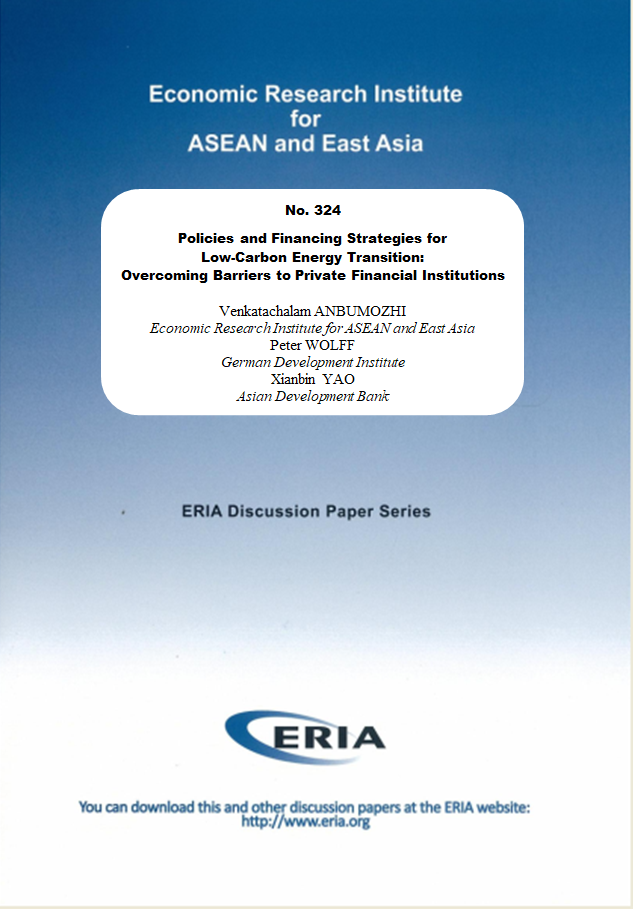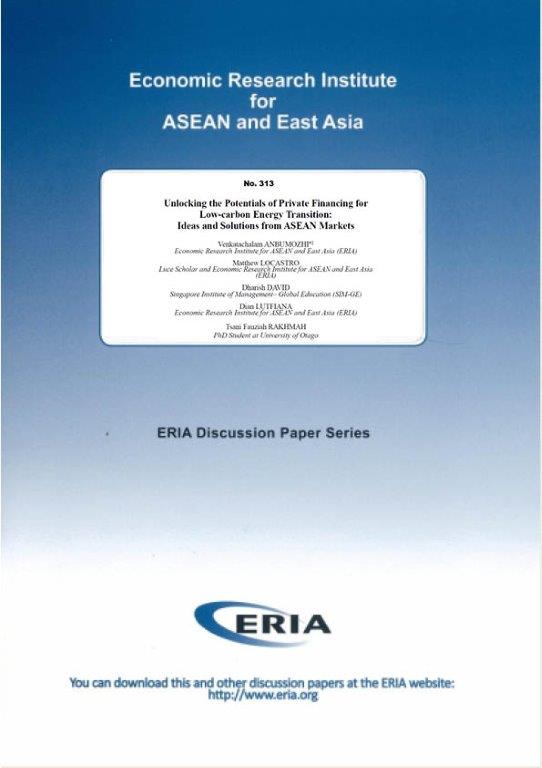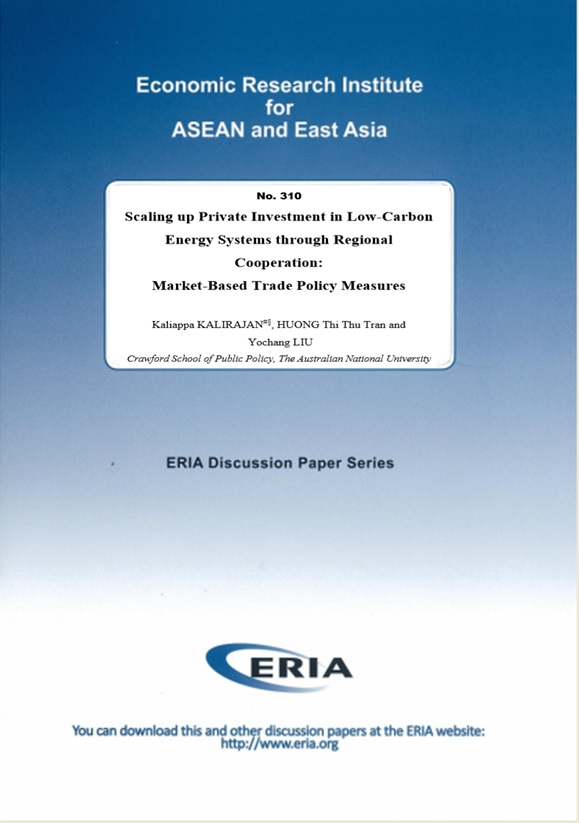Policies and Financing Strategies for Low-Carbon Energy Transition: Overcoming Barriers to Private Financial Institutions

Date:
14 February 2020Category:
ASEAN, Environment and Climate Change, Finance and Macroeconomy, Regulation and GovernanceType:
Discussion PapersTags:
ASEAN, East Asia, Environment, Finance, Paris Agreement, Regulation and GovernancePrint Article:
Placing Asian economies on a low-carbon path requires an unprecedented shift in private investment and new financing models. A growing community of investors is seeking new climate- and environment-friendly opportunities, which financial institutions can use to diversify their funding base and reduce their funding costs. But this requires commitment from all actors across the financing chain. It is simply not enough to allocate money to low-carbon causes – achieving the necessary scale requires a fundamental redesign of risk mitigants and investment enhancers. Banks should join forces with regulators and stakeholders to develop common standards and implement capacity as soon as possible. This paper identifies the current trends, analyses the constrains, and makes recommendations aimed at banks, banking regulators, and institutional investors in emerging economies of the Association of Southeast Asian Nations (ASEAN) and East Asia, to help them improve the level of low-carbon financing, both in individual institutions and across the wider industry.




